Race and Ethnicity: African American
aka: Ferdinand Havis
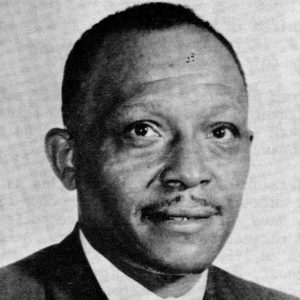 Edwin L. Hawkins
Edwin L. Hawkins
Hawkins, Edwin Luther, Sr.
Hayden, Bud (Lynching of)
Hayes, Morris Kevin
 Morris Hayes
Morris Hayes
Haygood Seminary
Haynes, George Edmund
 Heaven’s Window
Heaven’s Window
 Kenyan Woman Milking Heifer-Provided Cow
Kenyan Woman Milking Heifer-Provided Cow
Helena to Kent’s Landing, Expedition from
Hellom (Lynching of)
 Jeff Henderson
Jeff Henderson
Henderson, Jeffrey Todd (Jeff)
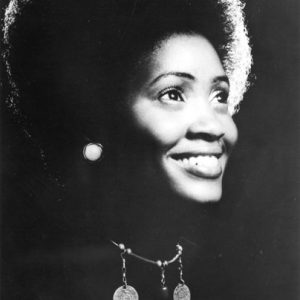 Barbara Hendricks
Barbara Hendricks
Hendricks, Barbara Ann
Hibbler, Al
aka: Albert George Edward Hibbler
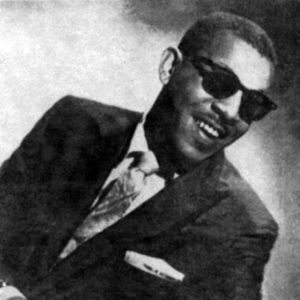 Al Hibbler
Al Hibbler
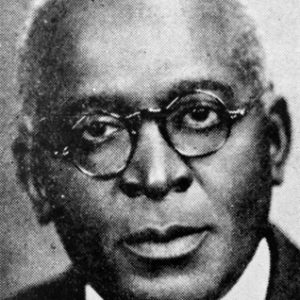 John Hibbler
John Hibbler
Hicks, Ed
Hicks, Robert (Lynching of)
 James Hildreth
James Hildreth
Hildreth, James Earl King
Hill, Mars Andrew, III
Hill, Robert Lee
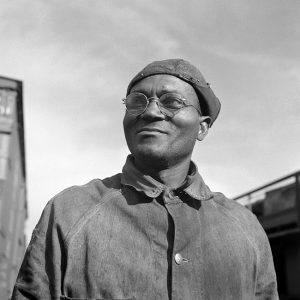 Robert L. Hill
Robert L. Hill
Hill, Thomas Lionel
Himes, Chester Bomar
Hines, Jim
Hodges, Jerry T.
 Jerry Hodges
Jerry Hodges
Hogan, John (Lynching of)
Hogan, Richard Nathaniel
Hollingsworth, Perlesta Arthur “Les”
 Home Demonstration Agents
Home Demonstration Agents
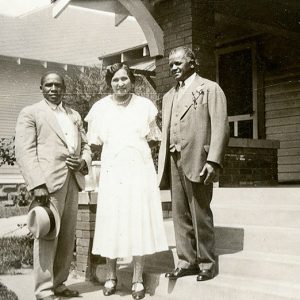 Home Demonstration Agents
Home Demonstration Agents
Honorable, Colette Dodson
 Colette Honorable
Colette Honorable
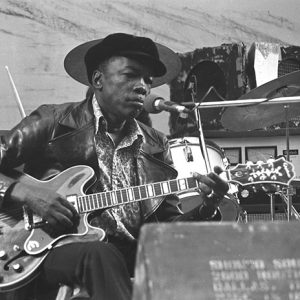 John Lee Hooker
John Lee Hooker
Hoover, Dorothy M.
aka: Dorothy Estheryne McFadden Clarke Hoover
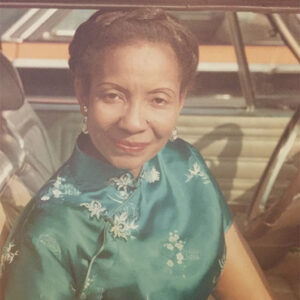 Dorothy M. Hoover
Dorothy M. Hoover
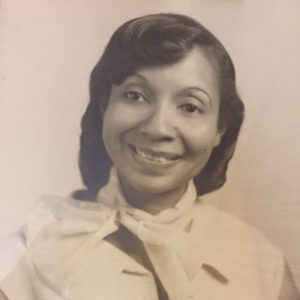 Dorothy M. Hoover
Dorothy M. Hoover
Hoover, Theressa
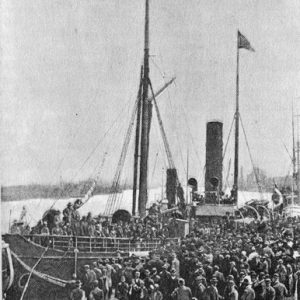 Horsa Departing for Liberia
Horsa Departing for Liberia
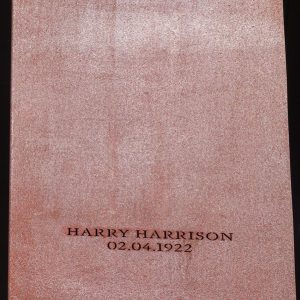 Hot Spring County Lynching
Hot Spring County Lynching
Hot Springs Normal and Industrial Institute
aka: Mebane Academy
Hot Springs Schools, Desegregation of
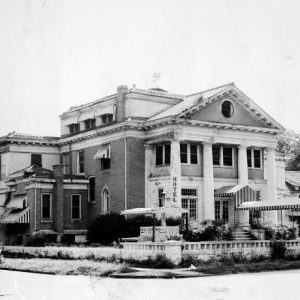 Hotel Charmaine
Hotel Charmaine
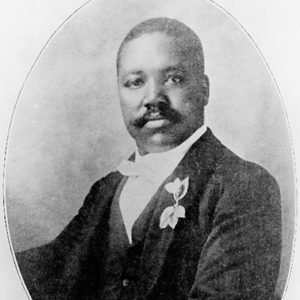 N. B. Houser
N. B. Houser




